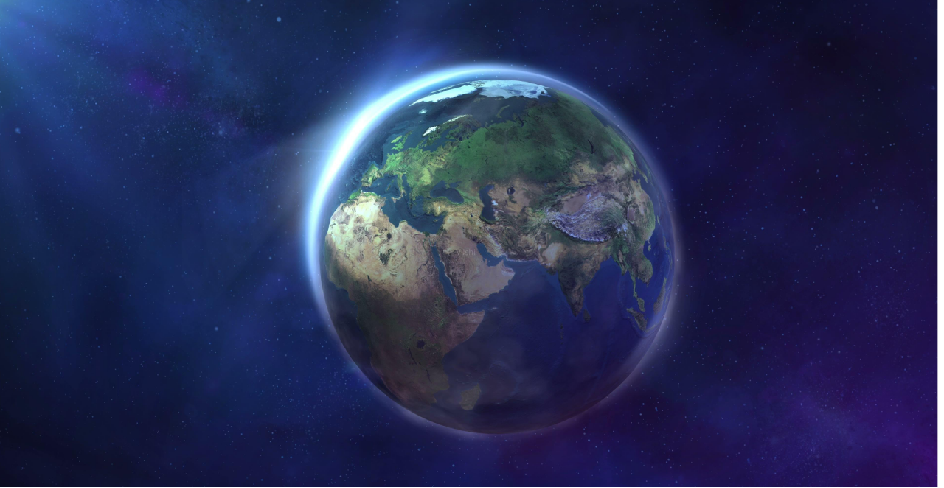
Sustainable yoga leggings is catching more and more attention. Best eco leggings deserves a whole around eco ideology like recyclable package. eco friendly workout clothes with degradable poly bag, sounds interesting, isn’t ?
Although they are all called "degradable", three types of degradation methods are currently popular, namely photodegradation, thermal oxygen degradation and biodegradability.
Photodegradation: The essence is physical decomposition. Adding additives to traditional plastics (such as PP, PE) will decompose large pieces of plastic into fragments under light, but how these fragments continue to decompose is still a question.
Thermal oxygen degradation: The essence is physical decomposition. Adding additives to traditional plastics (such as PP and PE) will decompose into fragments in the presence of oxygen, but how these fragments continue to decompose is still a question.
Biodegradable: The most common materials are PLA, PBAT, starch-based plastics, or these are mixed in different proportions. The ability to be completely degraded into water and carbon dioxide by the action of microorganisms in the natural environment is called "biodegradable".
"Degradable" plastics that rely purely on additive fragments have been abandoned by the international community.
In the past few years, the world felt that oxidative degradation is expected to solve the problem of plastic pollution at a low cost, but the effects are still doubtful. The "ECM Biofilms with American technology" and d2w used by a treasurer are both oxidative degradation additives. In 2018, the European Union issued a report on oxidative degradation plastics. The simple summary is that "oxidative degradation additives cannot make traditional plastics Degraded in the environment, we don’t use it in the EU.” Photodegradation has similar problems. Therefore, these "degradable plastics", which rely solely on additives to accelerate the breaking of traditional plastics into pieces, have basically been abandoned by the international community in the past two years.
Is corn starch biodegradable? Be careful that the stubborn molecules in the mixed materials stay in the environment for thousands of years.
Mixed materials are very common in the market , such as PP/PE+corn starch, PBS+PBAT+PLA+corn starch, PBAT+PLA+starch. However, PP or PE cannot be completely degraded!
For more than ten years, PP/PE+corn starch has been a very common plastic mixing method, because the performance of corn starch or starch-based plastics is difficult to meet the needs of the industry, and other materials must be added to mix and use.However, if a plastic bag is PE+starch, although the starch part is biodegraded under certain conditions, there is a pile of plastic pieces left in the environment and breathed quietly for thousands of years, so this kind of mixed plastic cannot be called biodegradable. .
Non-degradable plastic lying themself "degradable" .
PP and PE are non-degradable plastics! Even if they are claimed “degradable”, they are still non-degradable in combination with various degradable additives and bio-based starch plastics!
If you are looking for biodegradable products, all businesses who say they use (high-quality) PP, PE, HDPE, high-density polyethylene, and polyethylene PE can delete them directly with one click. As for those merchants who say they use cornstarch, they need to carefully look for clues with a skeptical attitude. If this is the case, please delete it with one click!
PLA, PLA+PBAT, PLA+PBAT+starch based are compostable materials
Now the real "biodegradable" plastics on the market are "compostable", basically made of PLA, PBAT or a mixture of these two and starch-based. These ingredients are generally subject to biodegradable certification. The EU’s EN13432 and the US’s ASTM D6400 certification are both standards for "compostable degradation". So if the product introduction mentions these two, the plastic bags they sell should theoretically be Compostable. The general product raw materials for such products must be PLA, PBAT or their mixture with starch.
There is currently no plastic that can degrade unconditionally in any environment. According to the degradation environment, biodegradability can be subdivided into "compostable degradable", "soil degradable", and "seawater degradable". The "biodegradable" plastics we can buy are actually "compostable" plastics, which can only be degraded at a temperature above 58°C and sufficient bacteria in commercial composting facilities for 180 days.
Will you buy sustainable athletic wear with biodegrade bag? Do you think biodegrable bag would the futher for ethical legging brands?
Contact: Max Chan
Phone: +8613657249862
E-mail: max@windriseclothing.com
Whatsapp:+8613657249862
Add: No.25, Hengfeng St, Baiyun Dist, Guangzhou, China
We chat